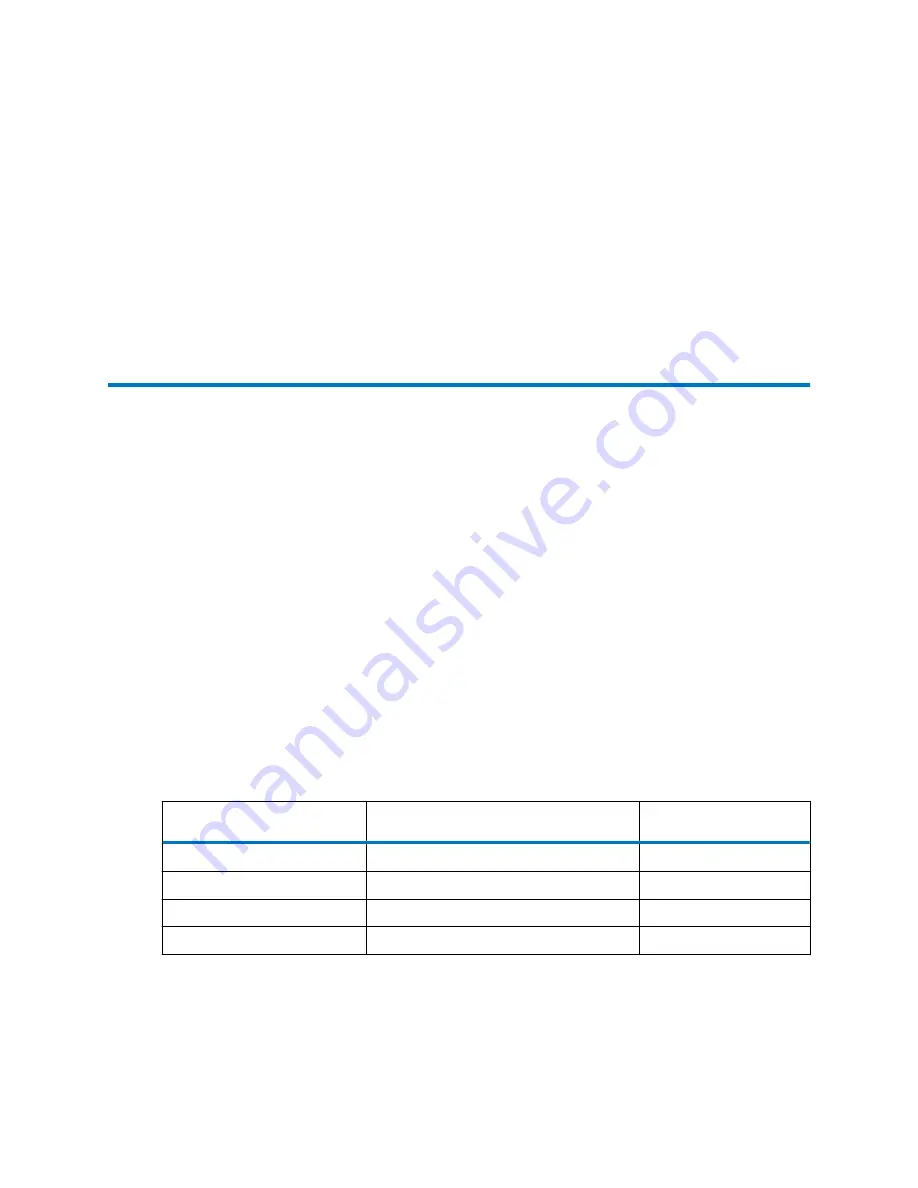
2
Performance optimization
Follow the advice and guidelines in this chapter to help ensure optimum performance from your
system.
2.1 General guidelines
ACQUITY UPLC H-Class system guidelines differ from those governing standard HPLC practices
primarily because a chromatography that uses small (less than 2-µm) particles places certain
constraints on the system. Chromatography on a UPLC system effects a much smaller-scale,
higher-resolution separation than that using HPLC. Analysis time is shorter for UPLC, and solvent
and sample consumption are significantly reduced.
ACQUITY UPLC H-Class chromatography requires optimum performance from the sample
manager because sample dispersion is more evident when using smaller columns. The reduction
in chromatographic run time also makes efficient management of cycle time essential.
When performing fast UPLC analyses, a peak of interest can be less than 0.5 seconds in width.
Waters recommends a sampling rate that will generate between 25 and 50 points across the
narrowest integrated peak in the separation in order to ensure repeatable quantification and while
maximizing sensitivity. Based on the van Deemter equation, the optimal linear velocity for 1.7 µm
columns will be higher than that on a 5 µm column. The table below offers optimal flow rate
conditions for ACQUITY UPLC columns under both isocratic and gradient conditions. The values
provided are approximations, and optimum performance for your molecule or separation can
occur at a different flow rate and/or pressure.
Table 2–1: Optimal flow rates for molecular weight range
Column size
Molecular weight
Flow rate
2.1 × 50 mm
<500
600 µL/min
2.1 × 50 mm
1000
300 µL/min
2.1 × 50 mm
1500
150 µL/min
2.1 × 50 mm
2000
100 µL/min
August 8, 2016, 715005049 Rev. C
Page 26






























